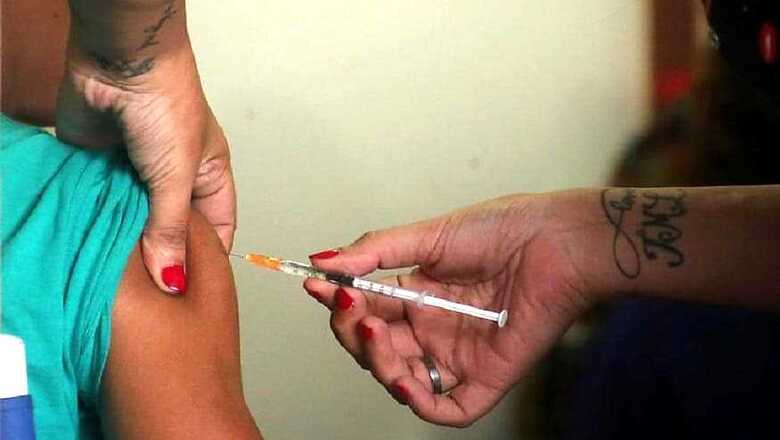
views
New Delhi: The six diagnostic tests that WHO has decided as essential for the world align well with India’s own efforts to draft a national Essential Diagnostics List (EDL), according to scientists involved in the process.
The World Health Organisation, on Tuesday, listed tests for HIV, tuberculosis, malaria, Hepatitis B and C, human papilloma virus (HPV, known to cause cervical cancer), and syphilis as essential, calling these the priority diseases.
To diagnose these disease effectively, the list also contain 55 supporting tests, as different organs - such as liver or kidney -- need to be tested to monitor any of these six diseases.
For India, the list will prove a crucial stepping stone for its own national EDL, the process to draft which is ongoing. Most importantly, the WHO EDL has tests for primary healthcare, where India crucially needs to strengthen, pointed out Dr Kamini Walia of the Indian Council of Medical Research (ICMR), who has been involved in the national and the WHO EDL process.
India’s disease burden for tuberculosis, HIV and malaria are already known problems. To check these effectively, diagnostics tests for primary care are essential, Walia said. Dr Vinod Paul, of the NITI Aayog, had argued for India at the WHO consultations.
The EDL specifies for each category of tests the health care facility level for most appropriate use, and these take into account primary care with no or minimal laboratories.
The WHO report on the EDL says, “The selection of the diagnostics tests for the EDL took into account the following priorities: IVDs (in vitro diagnostics) for primary care settings, providing an essential diagnostics package that can form the basis for screening and case management of patients at entry-level healthcare facilities.”
The WHO has also picked diseases that it has prequalified diagnostic tests for, which are available to all countries.
For now, the list does not contain procedures such as X-Rays, as those require heavy infrastructure and manpower at any level, which India doesn’t have to spare. As India’s own rural health statistics show, it may be able to build healthcare centres at the primary level, but it, most often, can neither staff these nor equip them adequately.
India had its own all-encompassing stakeholders consultation in March, with representatives from the government, the pharmaceutical industry, public health practitioners. They debated not only what diseases are crucial to test here, but also how to keep in the needs of different regions, rising antimicrobial resistance (AMR), the spread of non communicable diseases (NCDs), said Walia. As the process goes over India’s many disease burdens, it may have to add diseases for which there are no WHO prequalified tests.
Given the vast differences in the needs of people from different areas, Walia said that India may also need different lists at different levels of care - primary, secondary and tertiary.
Such a list, modeled on the essential medicines list, will make certain tests necessary in each government facility and have them under price control in all healthcare facilities.
The next consultation is slated for August this year.


















Comments
0 comment